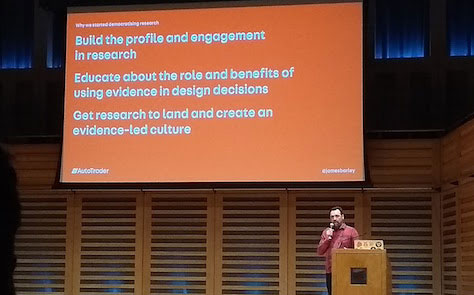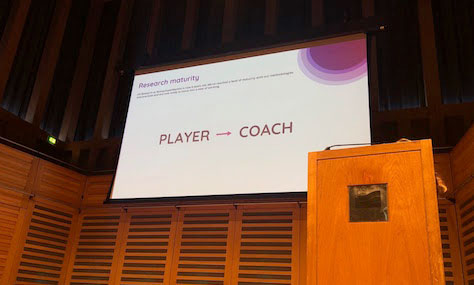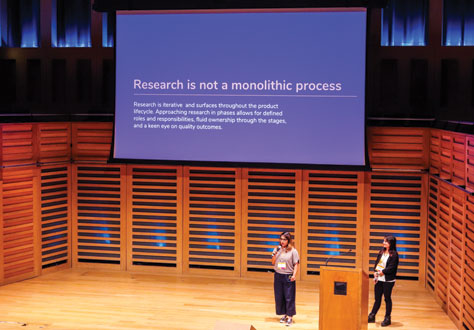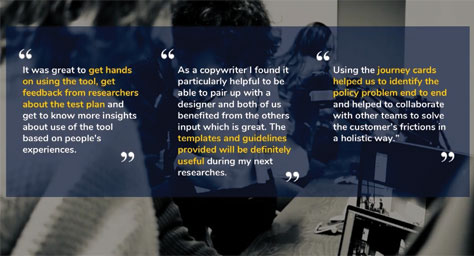Great UX Design Takes a Village
The plain fact is that great UX design is extraordinarily hard. It actually takes a village—among many other things. Similar to the music a symphony orchestra creates, great design takes a lot of collaboration and synchronization among multiple teams. And it’s precisely these requirements that lead me to the true meaning of democratization of UX research insights.
The word democratize essentially means to make something available or accessible to anyone—particularly when it comes to decision-making. The UX insights that we gather through research can help a product organization make wise, user-centered, confident decisions. These insights include task-success rates and efficiency ratios—determining whether users were actually able to complete what they came to do and how much time and effort it took them. Great UX design is a powerful way of differentiating products in the competitive marketplace. So everyone wants access to those insights—and to be part of the process of obtaining them—all the way up to the C-suite. Because teams across an organization now value UX insights, it’s important that these insights flow freely within the organization.
So how can we practically make this happen?
Labs in the Cloud
Thanks to the technology and automation that we have today, teams are leveraging product design and development clouds such as InVision, Adobe XD, Confluence, Jira, and Pendo. For UX research, we now have labs in the cloud rather than classic, physical usability labs. While I’d argue that UX research still requires human intervention, having research tools in the cloud means you can automate the process of conducting user research, free up your own time and budget for higher-level research tasks, share your UX insights, and enable the democratization of User Experience.
There are three major stages of UX research, as follows:
- Planning and designing your study—Today’s UX research tools enable researchers to plan and design a study as a team. You can create a study and share it with internal team members for review and feedback, then instantly update your study and make it accessible in the cloud. Collaboration features make it easy to preview and pilot test your study before launching it.
- Sourcing participants—Technology has enabled remote work, and you can now conduct user research remotely, too. While it’s great to do on-site user research whenever possible, let’s face it, most of the time, that’s neither convenient, fast enough, nor cost effective. Finding and engaging with research participants remotely removes a lot of the barriers from conducting research, while quickly providing quality UX insights. Speed is of essence if UX researchers are to match the pace of agile-development processes.
- Sharing results and delivering insights—Information is power, right? Last February, I attended the BetterUX event in London, where the theme was “The Democratization of User Experience.” As Paul Boag mentioned at BetterUX, stakeholders are less likely to reject a solution they were involved in creating. Plus, they’re more likely to defend it when others criticize it. That’s why this stage of the UX research process is probably the most important when it comes to democratizing UX insights. Because the results reside in the cloud, they’re safely accessible to everyone on your team via a link. So, once you’ve carefully reviewed and analyzed the results, you can easily share them with team members and others in the organization. Team members who didn’t actively participate in a study, but have an interest in the insights—such as engineers, product managers, or members of the senior-management team—can now access them, too. The ability to collaborate brings agility to the UX-research process and helps organizations to be more efficient, transparent, and most important, inclined to design using user-centered data.




